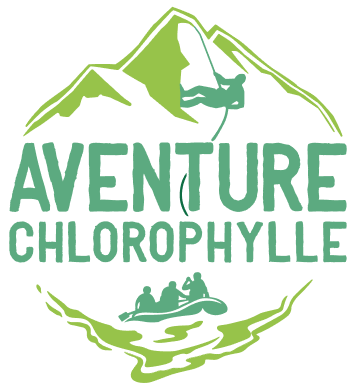Discover through this article a small inventory or at least a selection of plants and wild flowers that can be found in the canyons of the Pyrenees. Chlorophylle Adventure Guides often talk about them during their outings with groups. The idea of this article is to shed light on some of the remarkable species that can be discovered while out on the canyoning, climbing or via ferrata in the Upper Bearn. Without pretending to make an exhaustive list in the manner of a scientific or botanical flora, the idea is more to talk about some species that represent the biodiversity of the mountain environment in the Ossau Valley and more widely in the Pyrenees.
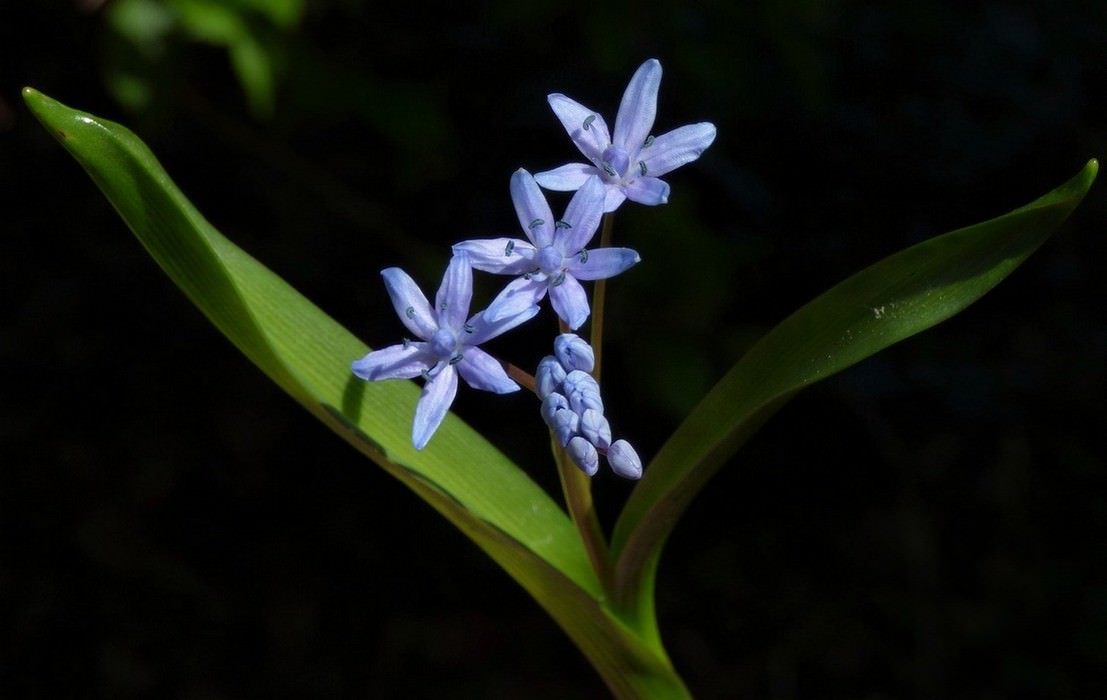
Let's talk about Chlorophyll!
Most of the wild flowers are said chlorophyllnot because they belong to our group of guides but rather because they use the photosynthesis to transform theThe energy of light in chemical energy essential for the good development of the plant. Their leaves are green to capture light and also to make this ecological miracle possible: using the CO2 in the air to create oxygen! A real alchemy in these times of climate change!

Here are some of these heroines:
At early springOn the banks of the canyons, which are still lit by the sun's rays before the canopy casts a dense shadow over the ripsylve, a large number of flowers are eager to make their presence felt. colourstheir smellsto attract the first insects looking for the intoxicating nectar. This is the case of Two-leafed Scilla (pictured above) which are awe-inspiring for the canyonist.
Going down the gorges of the Canceigt à Beost in Ossau Valley or the Gave between Buzy and Oloron Sainte-MarieIn May, the discreet but no less fragrant wild garlic (alium ursinum) (photo left) will delight gourmets. Its leaves and flower tips have a strong garlic taste, beware of dating after tasting it!
A little later, early Junes, the Martagon lilies (photo on the right) will do their parades to whoever wants to see them... Be careful not to step on them!
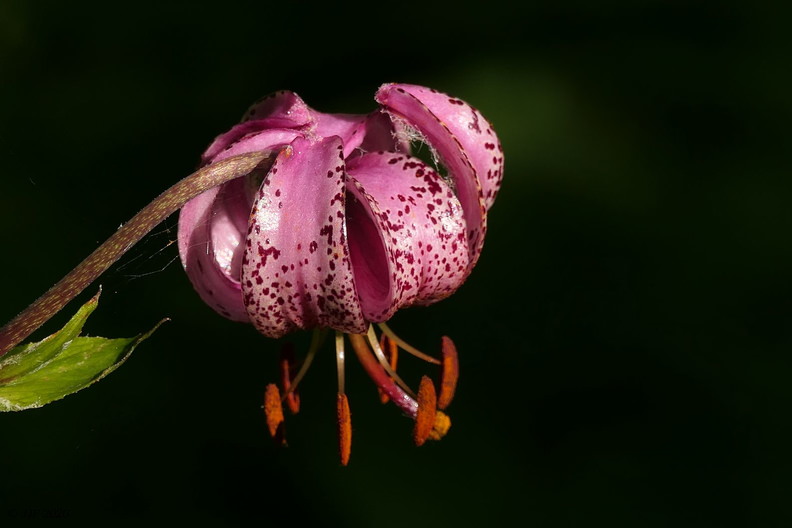
Ingenious plants ...
Under very dense vegetation cover beech and fir trees, some flowering plants are cunning in outwitting the competition and taking advantage of their geographical location. This is the case of chlorophyllous plants. To name but a few, the small Monotrope su cepin (monotropa hypopitys) (below middle) observed on the banks of the Bious canyon, not far from Artouste, the Clandestine Lathrea (Lathrea clandestina) (below left) which is frequently seen on the way down from the via ferrata of Siala below Gourette or on certain banks of the Tourmoun canyon, below the Col du Pourtalet. Another example is the Bird's nest neotritis (Netottia nidus avis) (below right). This famous non-chlorophyllous orchid was observed on several occasions on the approach to the Soussouéou canyon or the Siala via ferrata. All these flowers have the particularity of not being like the others, in the manner of a mushroomIn this way, they draw their energy directly from the roots of other, much larger plants that can easily capture the light. This symbiosis between different plant species is the subject of much research by scientists into the plant communication.



And carnivores at that!
In terms of technical prowess, the small and discreet Large-flowered Cranesbill (Pinguicula grandiflora) is best seen in damp, calcareous soil and walls. Living in areas where most other plants have been neglected makes it the master of the house! To compensate for the lack of nutrients in the substrate, it captures and digests small insects such as midges, a real food supplement! These sticky leaves trap the insect, no chance for it to get out! An effective strategy since it can be observed in many Pyrenean canyons...
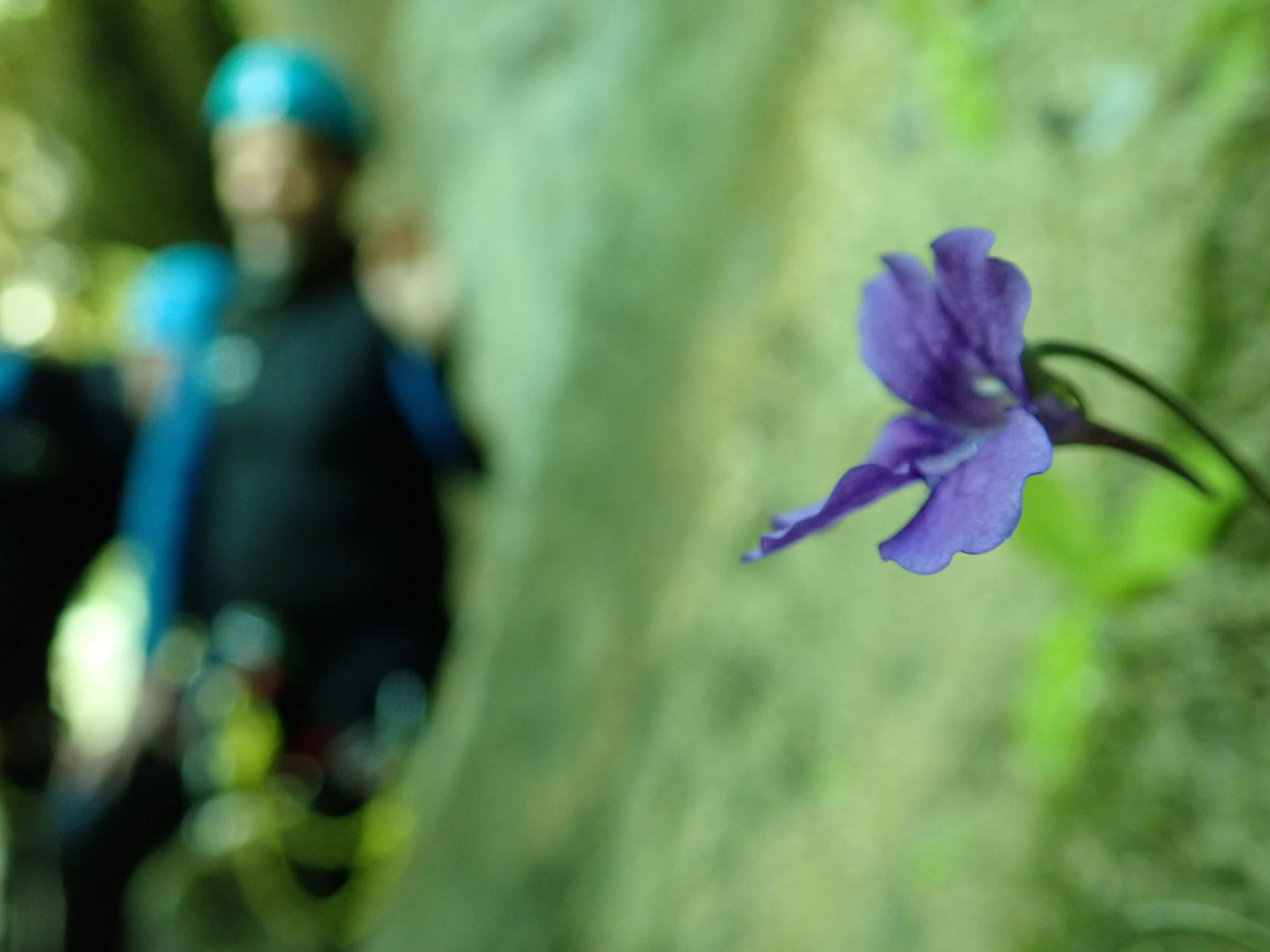
Heading for the top...
Going up above 1500m altitudeBeyond the mountainous level, we enter the world of the high altitude grasslands well known to Béarnaise sheep and cheese lovers. It is precisely here, in the heart of the Pyrenees National Parkthat the greatest diversity of wild flowers. On the edge of the canyon of Cap de Pount for example, at the foot of the famous Pic du Midi d'Ossaus, the spring gentians (below middle), the elderberry orchid (Dactyloriza sambucina) (pictured below left) are competing to attract pollinators long-awaited. Will you have the chance to see the Pyrenean Lily (Lilium pyrenaicum) (below right)?
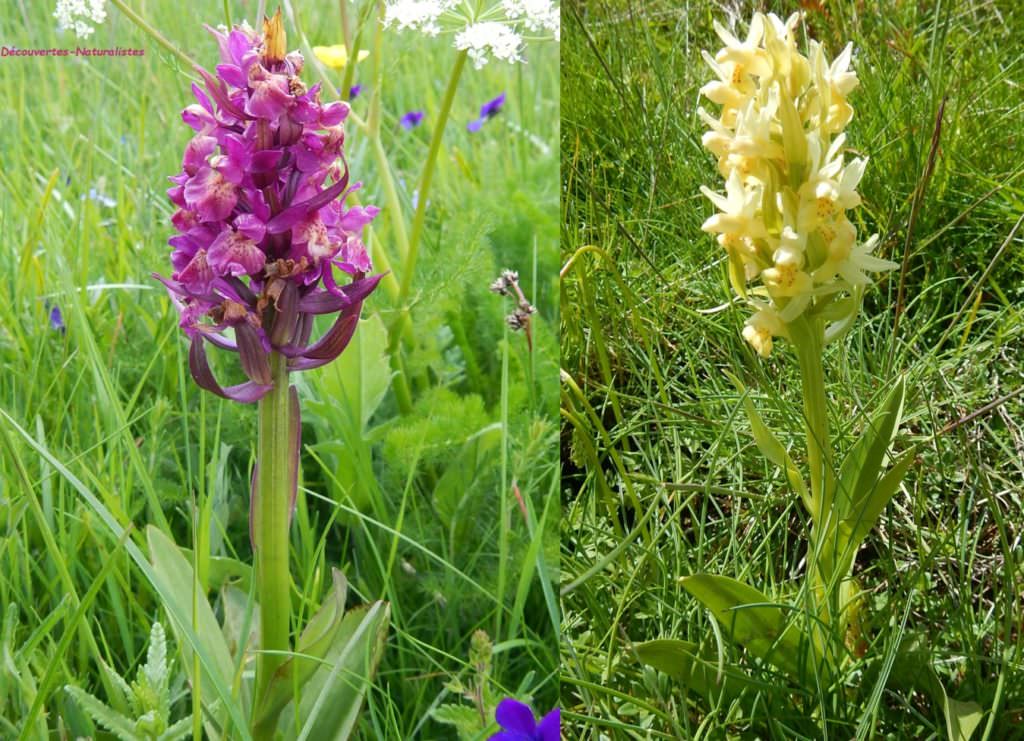
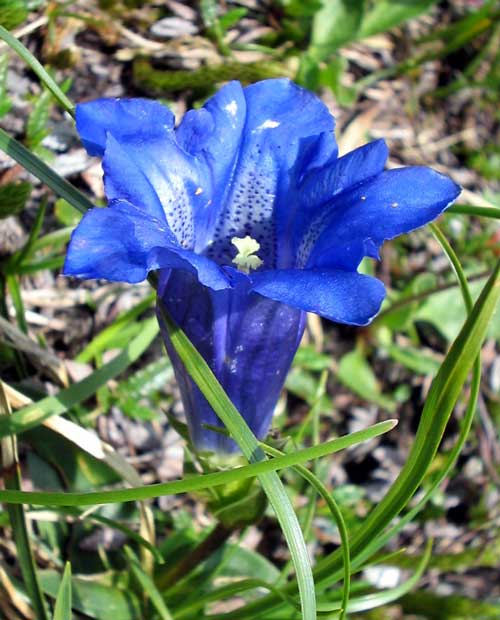

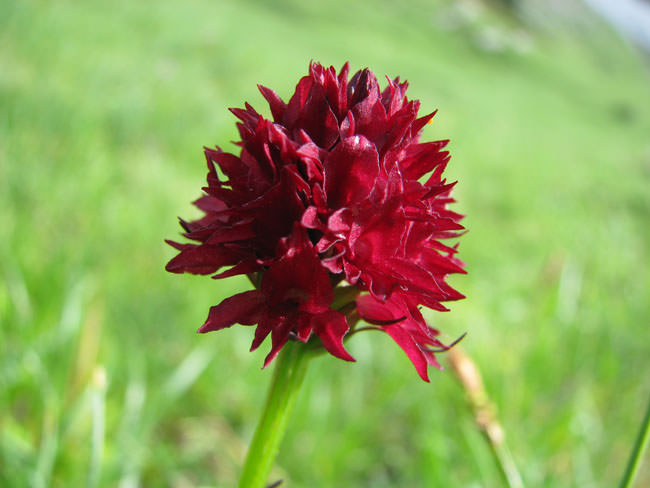
A little one from our region!
Impossible in this article to draw up a list of all of them, so numerous and so fascinating are they... However, one in particular will hold our attention and will take on the role of "ambassador", for the time of an article, of the natural richness of the Pyrenees... The most striking thing is its name: Nigritelle de Gabas. This small red orchid with a slight vanilla scent is endemic to the Pyrenees. It proudly bears the name of Gabas in reference to the village in the Atlantic Pyrenees in the heart of the Ossau Valley. Gabas was home to an ecological centre from 1977 to 1995, which gave this subspecies of orchid its special name.
The very famous Venus hoof .
When some groups ask us to descend a canyon in the on the side Spanish and it is the month of JuneAs a ritual, we systematically stop to watch for the blooming of one of these flowers the most Europe's outstanding! This rare orchid is the only representative of the genus Cypripedium in Europe. Its aesthetic qualities and its exceptional adaptation strategy make it almost a rational animal! It too traps its pollinatorsbut with class and delicacy ! Attracted by the size, texture and colour of the flower, the curious insect tries to find out more ... it approaches the opening that allows it to enter "the hoof". The slippery walls take it straight down to the bottom of the calyx... In its fall the insect sticks the pollen voluntarily distributed at the entrance of the trap. An exit will be possible to ensure the Venus its reproduction without killing the animal...
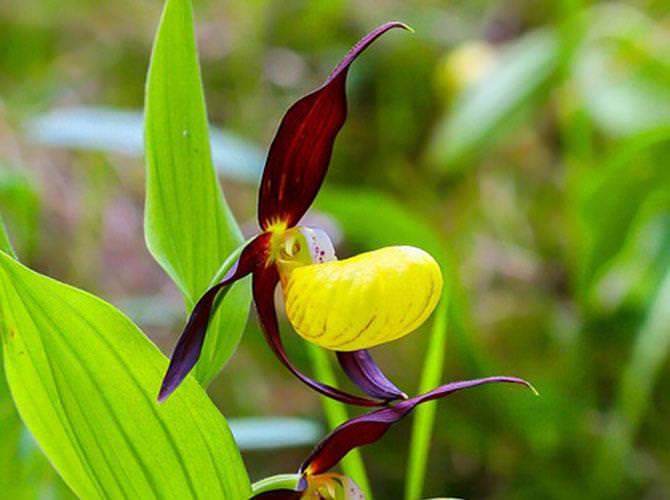
And always very nice meetings ...
We are passionate about nature and mountain sports and that's why we chose to make it our job. But beyond the sensational or sporting aspect, the guiding profession is above all to wear a look, d'observe differently our environment trying each time to know it better and understand it better. We share this passion for nature every day, all year round, whether in our jobs, our hobbies or our meetings.
We hope to see you soon on our sports outings with Chlorophyll Adventure to share these views on the world wild that sometimes escapes us...
Adishatz!
Johan Fontvieille, Arkéclimbing and canyoning guide, member of the Aventure Chlorophylle office
